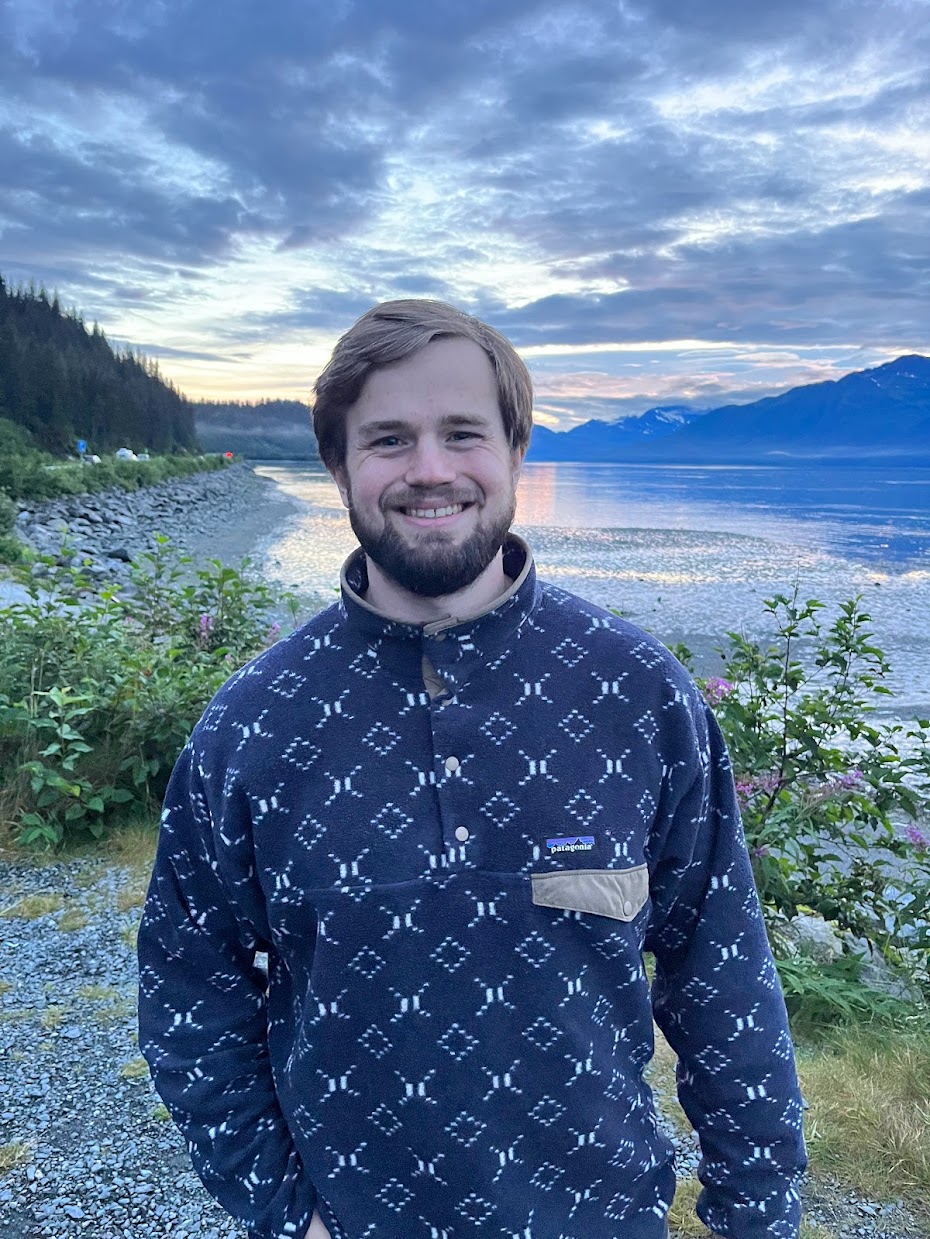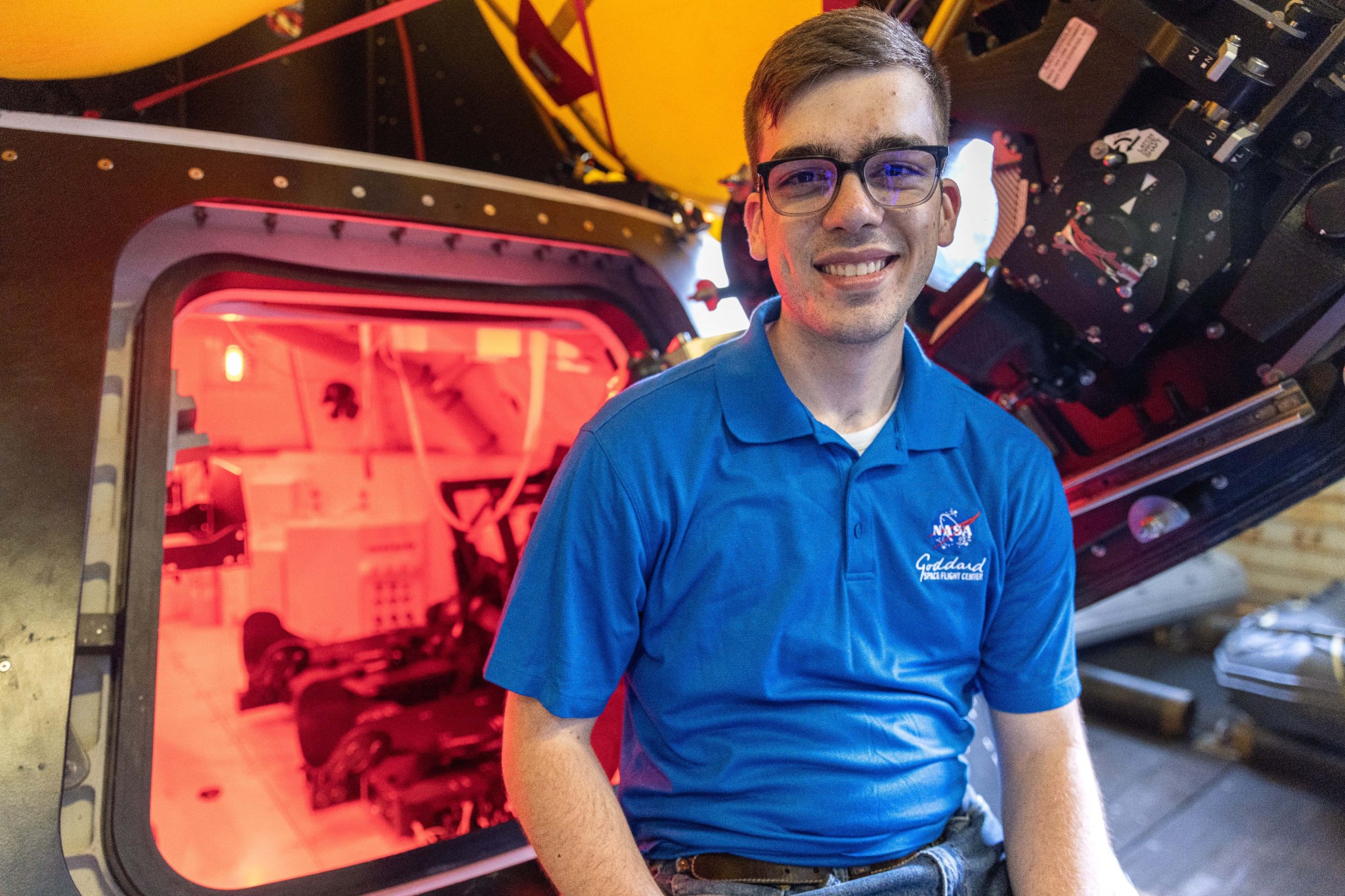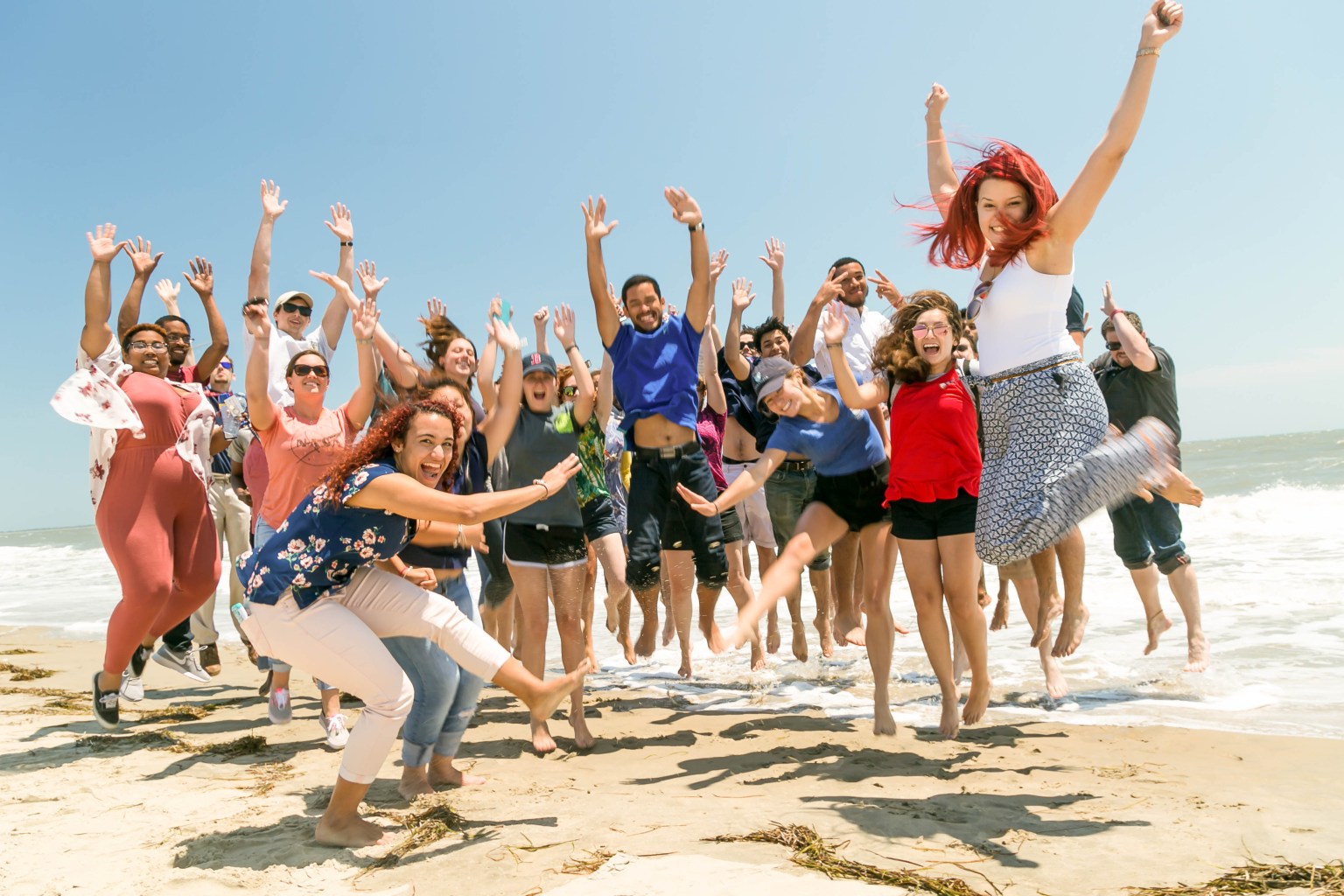Credits: NASA
For more than a decade, graduates of NASA’s SCaN (Space Communications and Navigation) internship project have played important roles in expanding the agency’s long-term vision for exploration. For National Intern Day on Thursday, July 25, former program interns reflect on their journeys to and through NASA and offer advice to current and future interns.
Each summer interns join NASA’s SIP (SCaN Internship Project) program to advance the agency’s Deep and Near Space Networks capabilities that enable mission communication and navigation.
The SIP Apprentice Program develops the future workforce that will envision, maintain and operate the next generation of communication and navigation systems. In addition to major intern projects, which can range from network engineering and orbital mathematics to mission awareness campaigns and graphic design, SIP interns participate in programming that enhances their professional development and networking skills.
Justin Long
Justin Long was a SIP intern in 2017 while earning his degree in electrical engineering.
Before applying for an internship, Long was set to work in space communications at NASA and sought opportunities to deepen his aerospace experience. Long credits his work at the University of Alaska Fairbanks’ CubeSat laboratory for his acceptance into the intern program, as well as his university’s unique partnership with NASA.
“On my morning walks, I pass by some of the Near Space Network ground stations operated by the Alaska Satellite Facility at the University of Alaska Fairbanks,” Long said. “At the time I was working on a ground station for our CubeSat program, so I went to intern.nasa.gov and looked for anything related to space communications.”
Long was selected for a project at NASA’s Wallops Flight Facility in Virginia, focused on ground station improvements to the agency’s near-space network. In addition to looking at hardware upgrades for NASA-owned ground stations, Long also explored opportunities to expand the network by integrating commercial and university assets.

Justin Long, 2017 SCaN Internship Project (SIP) Intern
Courtesy of Justin Long
Now, Long works as a telecommunications engineer at NASA Goddard, designing antennas and communications systems for spacecraft. His experience with the ground stations at NASA Wallops influences his work on the spacecraft today.
“Working in communications systems means understanding what the end-to-end system looks like for a spacecraft, from the radio to the antenna,” Long said. “The course prepared me to answer questions about how we’re transmitting data, how fast we can transmit it, and how much data we can get in a day.”
The main difference between his current role and his intern project is that the device he is developing will fly on a spacecraft instead of remaining on Earth as part of a ground station antenna. Long will also test its hardware to ensure it performs as expected in orbit. The reward for this rigorous testing is the knowledge that the communications equipment he designed is a critical part of ensuring the ship’s successful operation.
“There’s nothing more exciting than working hands-on with a spacecraft,” Long said. “Seeing the hardware built into the spacecraft — watching all the things come together — is my favorite part of the job.”
While Long’s internship allowed him to come to his current position with a broader knowledge base than other engineers at his experience level, he emphasizes that the networking opportunities he had with SIP were more important than himself. intern project.
“Even if you have an internship that is not directly in your area of expertise, the opportunity to network with NASA professionals and meet diverse groups can have an impact on your career,” Long said. “I’m still in contact with people I met as an intern.”
Thomas Montano
Thomas Montano was completing his bachelor’s degree in electrical engineering during his SIP internships in 2019 and 2020. In his current role as an electrical engineer at NASA’s Goddard Search and Rescue office, Montano supports human flight recovery efforts in space, as well as the development of a lunar search and rescue system.

Thomas Montano during the Artemis II 10 Process Recovery Test.
NASA
Montano was initially interested in digital signal processing and communication systems, so he decided to apply for an internship at SCaN.
“It wasn’t really a race between NASA and other internship programs,” Montano said. “I got to work on cool projects. I got to work with cool people. Goddard is just a place that makes you want to do better and learn things.”
Montano’s first internship was rewriting a software tool for running link budgets, a record of signal gains and losses in a radio communications system. In his second internship, Montano developed a virtual model of the physical transmission environment for lunar communication systems that could be combined with the link budget tool to create an end-to-end communication channel simulation.
Both tools continue to be used at the agency today, though Montano’s current position has shifted his focus to the unique realities of human spaceflight. Now, Montano is helping NASA test location beacons for the Artemis II astronauts. He describes meeting the Artemis crew while practicing capsule recovery on a US Navy ship as an exciting and sobering reminder of the importance of his work.
“Nothing could be better to put boots on the ground,” said Montano. “Meeting the crew made the job even more real. My job is not hypothetical or theoretical. These are real people going to the moon. My system cannot fail. The search and rescue system cannot fail. Failure really it’s not an option.”
/Public Notice. This material from the original organization/author(s) may be current in nature and edited for clarity, style and length. Mirage.News does not take institutional positions or sides and all views, opinions and conclusions expressed herein are solely those of the author(s). Watch it in full here.
